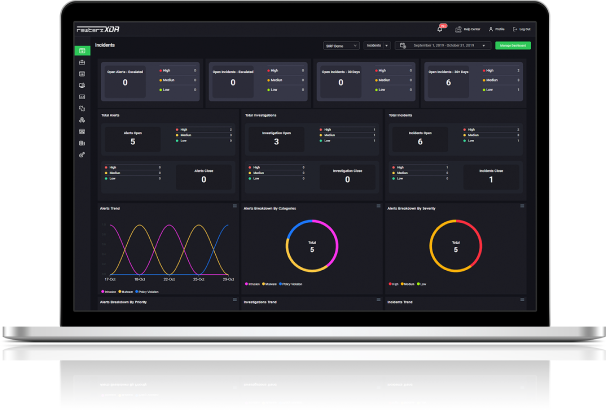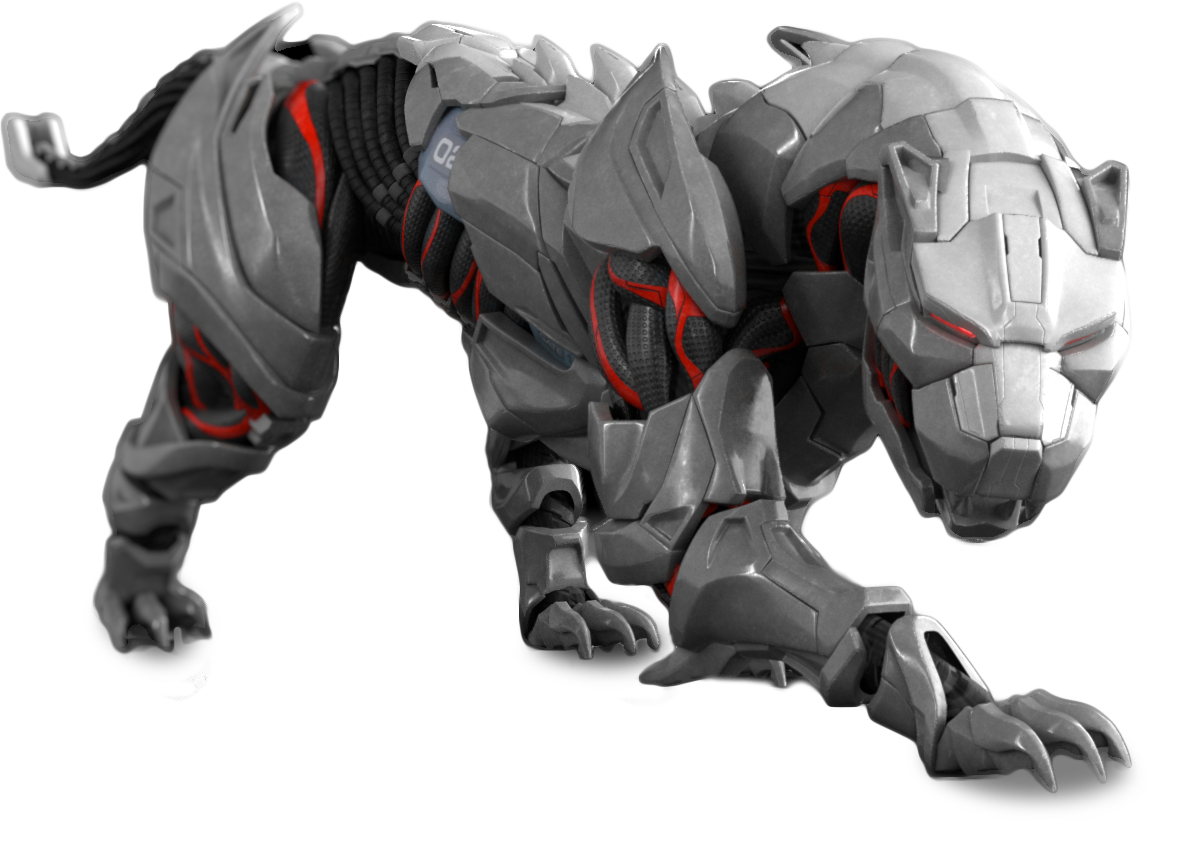

Rewterz Threat Alert – AsyncRAT – Active IOCs
August 29, 2023
Rewterz Threat Alert – STOP (DJVU) Ransomware – Active IOCs
August 29, 2023
Rewterz Threat Alert – AsyncRAT – Active IOCs
August 29, 2023
Rewterz Threat Alert – STOP (DJVU) Ransomware – Active IOCs
August 29, 2023Severity
Medium
Analysis Summary
DCRat – a Russian backdoor, was initially introduced in 2018, but rebuilt and relaunched a year later. The DCRat backdoor appears to be the product of a single threat actor who goes online with the pseudonyms of “boldenis44,” “crystalcoder,” and Кодер (“Coder”).
DCRat is one of the cheapest commercial RATs. For a two-month membership, the price starts at 500 RUB (less than 5 GBP/US$6), and it periodically drops even cheaper during special offers. This is written in .NET and features a modular structure, allowing affiliates to create their own plugins using DCRat Studio, a dedicated integrated development environment (IDE).
The malware’s modular architecture allows it to be extended for a variety of nefarious objectives, including surveillance, reconnaissance, data theft, DDoS attacks, and arbitrary code execution.
The DCRat consists of three parts:
- A stealer/client executable
- The command-and-control (C2) endpoint/ interface is a single PHP page
- An administrator tool
The malware is still in development, the author announces any news and updates through a dedicated Telegram channel with about 3k users updated with any news and changes.
To protect against the DarkCrystal RAT and similar threats, it is important to regularly update software and security patches, implement multi-factor authentication, be cautious when opening emails and attachments, and regularly back up important data. It is also important to run anti-virus software and to be aware of the signs of a RAT infection, such as unusual system activity or slow performance. If a system is suspected of being infected with the DarkCrystal RAT or any other RAT, it is important to take immediate action to isolate the system and to seek professional assistance in cleaning up the infection.
Impact
- Unauthorized Remote Access
- Keylogging
- Information Theft
- Password Theft
Indicators of Compromise
MD5
- 0402d0bea44b5246069511de28b78656
- c7fc4fba6a117300ddeff12d77a6cf35
- 05af977e4b7e12033402c694fa6b023c
SHA-256
- bceff437d85b9418ef8f60cad4df7c0dc2b5b19bed395fcb91e19a95c5cb1de9
- 7675c8630359aa83692821a309ba1ac8837975ced6e254b0da1d15e7b200ab13
- 2f90dc24022d9477ed8f6367f59f2749609813261df4dd90e9b6f3fdda6f3663
SHA-1
- c4504f9be263441934c1a72f23d89b4b57d9d9e7
- 799b7d73746f4faec2bd8101e7ebfa8c1b6bacb4
- b5f00bfb0fc8de6a56381a6bda9b74919c264f64
Remediation
- Block all threat indicators at your respective controls.
- Search for Indicators of compromise (IOCs) in your environment utilizing your respective security controls
- Emails from unknown senders should always be treated with caution.
- Never trust or open links and attachments received from unknown sources/senders.
- Enable antivirus and anti-malware software and update signature definitions in a timely manner. Using multi-layered protection is necessary to secure vulnerable assets
- Patch and upgrade any platforms and software timely and make it into a standard security policy. Prioritize patching known exploited vulnerabilities and zero-days.








